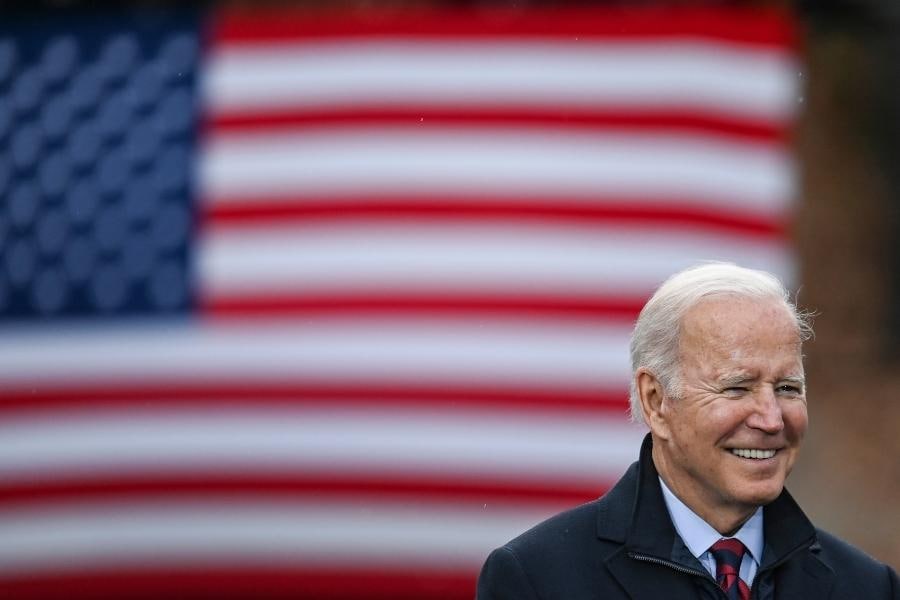
Joe Biden is succeeding
The Biden $1.9 trillion stimulus package passed has been tremendously successful and has heated the overall economy with real GDP growth expected at 5 percent this quarter
 President Joe Biden delivers remarks on infrastructure at the NH 175 bridge over the Pemigewasset River in Woodstock, N.H., Nov. 16, 2021.
President Joe Biden delivers remarks on infrastructure at the NH 175 bridge over the Pemigewasset River in Woodstock, N.H., Nov. 16, 2021.
Image: Kenny Holston/The New York Times
Joe Biden came to the White House at a pivotal moment in American history. We had become a country dividing into two nations, one highly educated and affluent and the other left behind. The economic gaps further inflamed cultural and social gaps, creating an atmosphere of intense polarization, cultural hostility, alienation, bitterness and resentment.
As president, Biden had mostly economic levers to try to bridge this cold civil war. He championed three gigantic pieces of legislation to create a more equal, more just and more united society: the COVID stimulus bill, the infrastructure bill and what became Build Back Better, to invest in human infrastructure.
All of these bills were written to funnel money to the parts of the country that were less educated, less affluent, left behind. Adam Hersh, a visiting economist at the Economic Policy Institute, projects that more than 80% of the new jobs created by the infrastructure plan will not require a college degree.
These gigantic proposals were bold endeavors. Some thought them too bold. Economist Larry Summers thought the stimulus package, for example, was too big. It could overstimulate the economy and lead to inflation.
Larry is one of the most intelligent people I’ve ever known and someone I really admire. If I were an economist, I might have agreed with him. But I’m a journalist with a sociological bent. For over a decade I have been covering a country that was economically, socially and morally coming apart. I figured one way to reverse that was to turbocharge the economy and create white-hot labor markets that would lift wages at the bottom. If inflation was a byproduct, so be it. The trade-off is worth it to prevent a national rupture.
©2019 New York Times News Service




